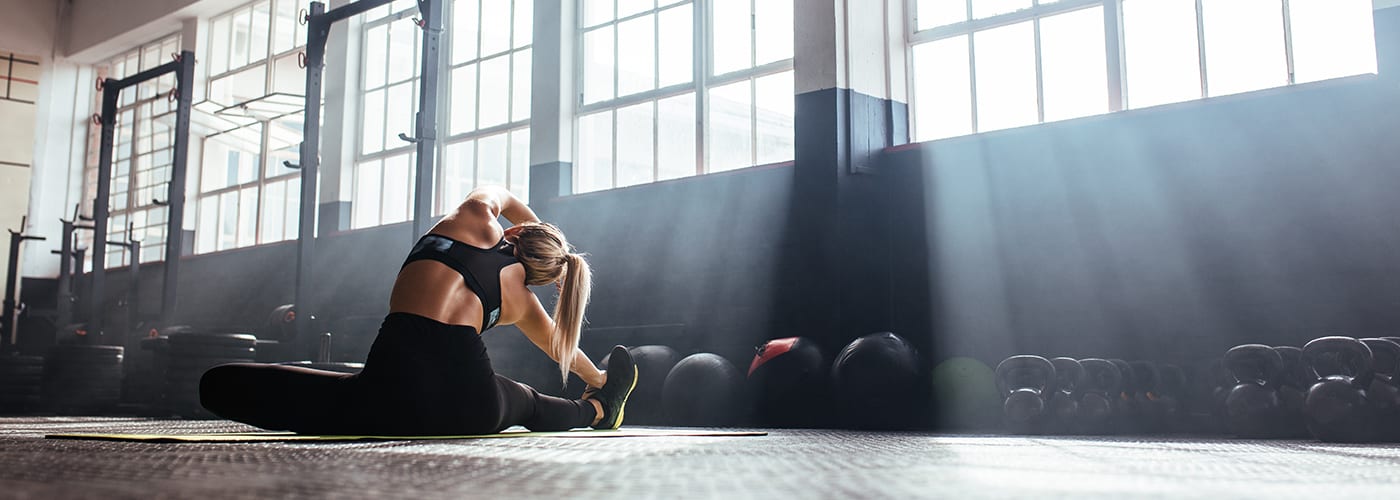Nothing beats that feeling of complete exhaustion after a workout that perfectly segues into a well-deserved nap. But sometimes, after that really good workout, we tend to feel soreness that can affect us for up to two days after the workout. This can get in the way of working out effectively the next day or performing daily tasks at work. We understand that soreness comes with the turf of working out, but what happens when we need to work through the soreness? Try these tips from HiDow International to discover the best exercise to do when you’re sore. It can help improve the quality of your workout plan.
Why Am I Sore?
First things first, let’s try to understand what soreness is. On the one hand, there’s the physiological response that we are all familiar with. Your body feels stiff, tight, and heavy. Movements tend to be restricted, and occasionally there is mild swelling. But why is this?
The truth is that scientists don’t have an exact reason for it. Still, it is widely believed to be understood as your body’s healing response to the creation of many microscopic tears in the muscle due to stress that is created by intense activities. This tends to happen when you try a new exercise or a particularly intense one that your body isn’t used to.
As a result, soreness generally affects you the most initially, and as your body adapts to the motions, weight, and stress, you’re better adapted to handle it. Therefore you’re less likely to experience soreness for the same workout.
1. Don’t Hit The Sore Muscle Group Hard
All that being said, soreness still affects even the most seasoned individuals. It’s important that when you do feel sore that you take it easy on that area. If you bumped your leg-press weight up and now your hamstrings are sore, you’ll need a break. This is where it’s great to vary your muscle groups. Do legs one day, and maybe chest and back the next day. Switch things up! Need help setting up your workout routine?
2. Go Low Intensity
Another great way to exercise when sore is a low-intensity workout. If your legs are burning from the day before, take it easy and go for a nice walk or a hike. Low-intensity exercises like walking are great because they get your blood flowing without stressing out your body which will help you recover quicker.
3. Don’t Force It
Ultimately, the best exercise to do when you’re sore is low intensity and can range from walking to using resistance bands. Make sure that you are stretching plenty and taking care of your injury. The last thing you want to do is push yourself too hard to aggravate an injury. If your soreness has become painful and lasts too long, you may need to treat yourself between workouts with hot, cold, and TENS treatments. You may also want to read up on how to deal with sports-related injuries.

Related Stories
Sciatica: 1, LeBron: 0 (For Now)
File photo: LeBron James #6 of the Los Angeles Lakers. (Photo: Thearon W. Henderson /...
Oct
Pickleball vs. Tennis: The Science of Recovery
For years, tennis was the stand-in for movement: endurance, coordination, and power all at once....
Oct
5 Ways to Support Bone Strength with HiDow
World Osteoporosis Day (October 20) October 20 is World Osteoporosis Day, and chances are, you’ve...
Oct
FDA-Cleared Is a Flex. Here’s Why.
Pulling Back the Curtain You’ve seen it on boxes, on websites, in ads: FDA-cleared. It...
Sep
This Is Fibro. This Is Larry.
September is Pain Awareness Month. And we’re not here to give you medical definitions or...
Sep
Train Your Relaxation Reflex
How often do you find yourself struggling to switch off after a long day? With...
Aug